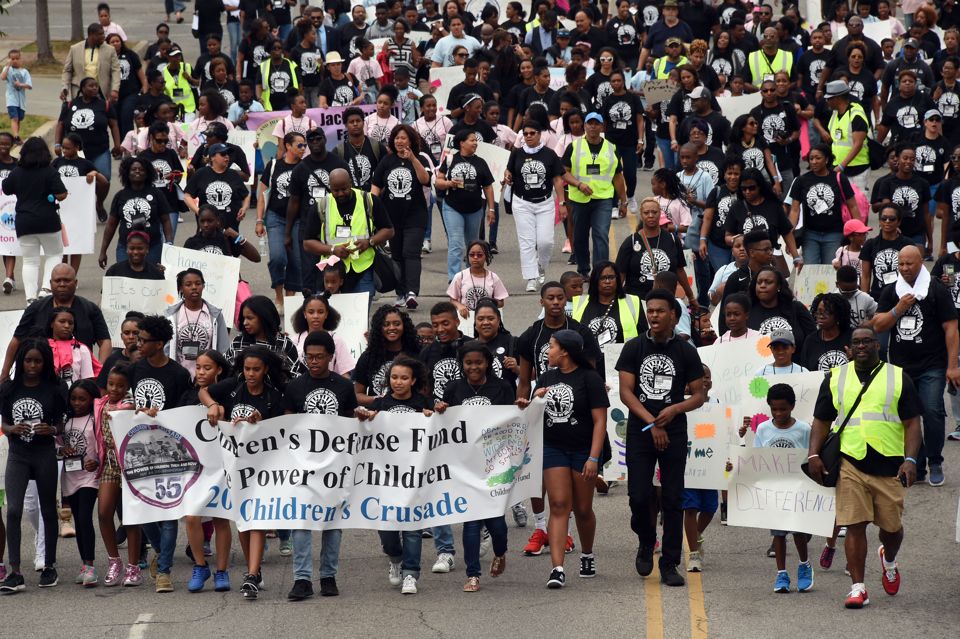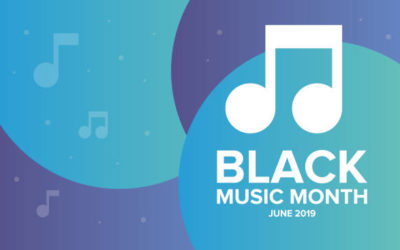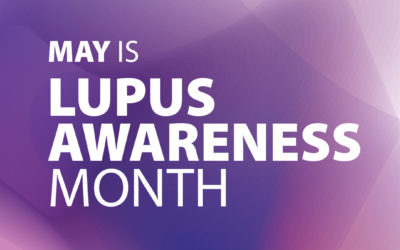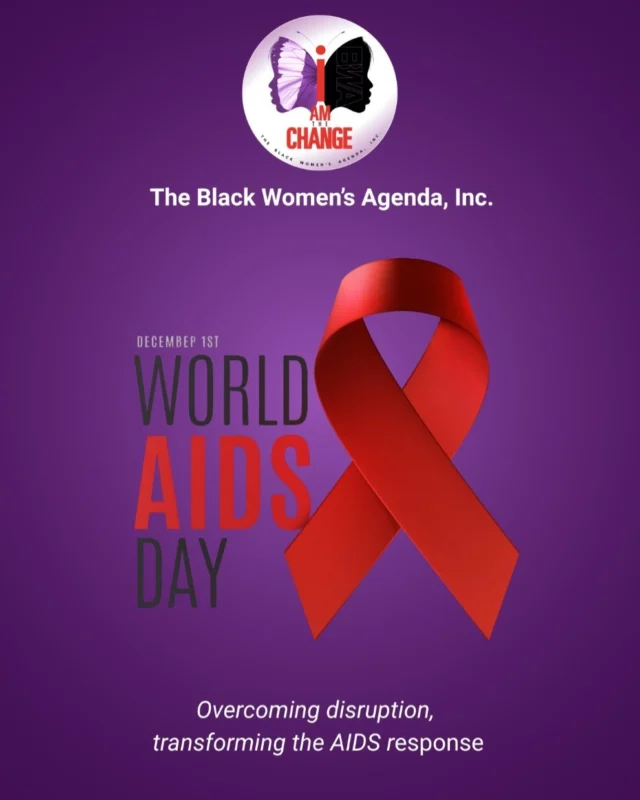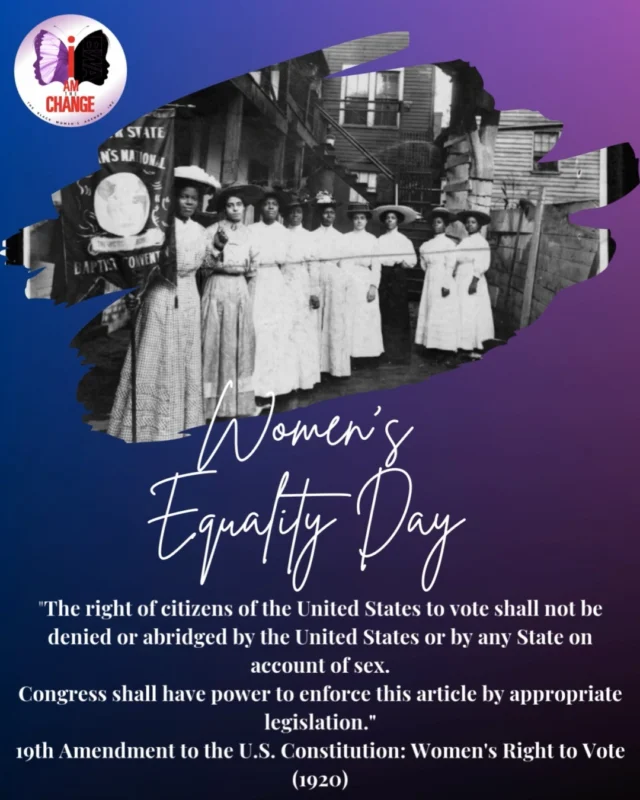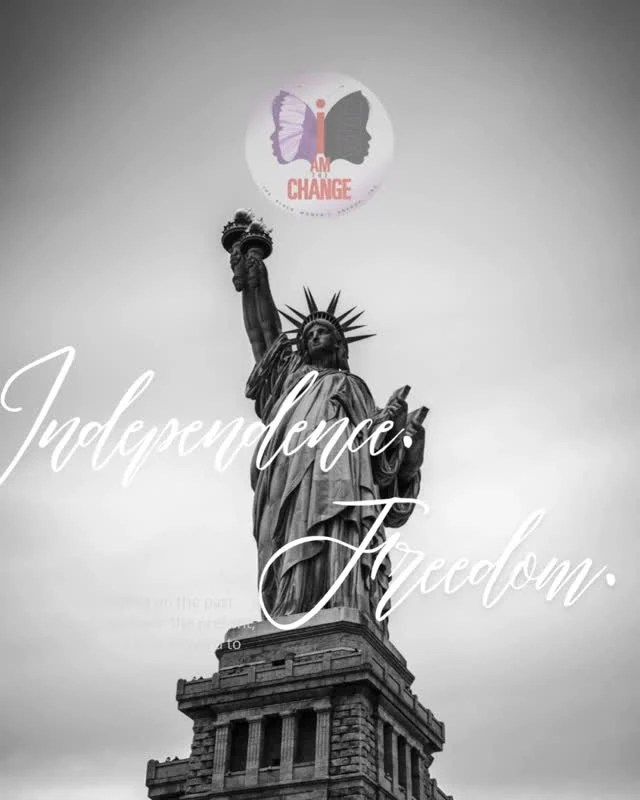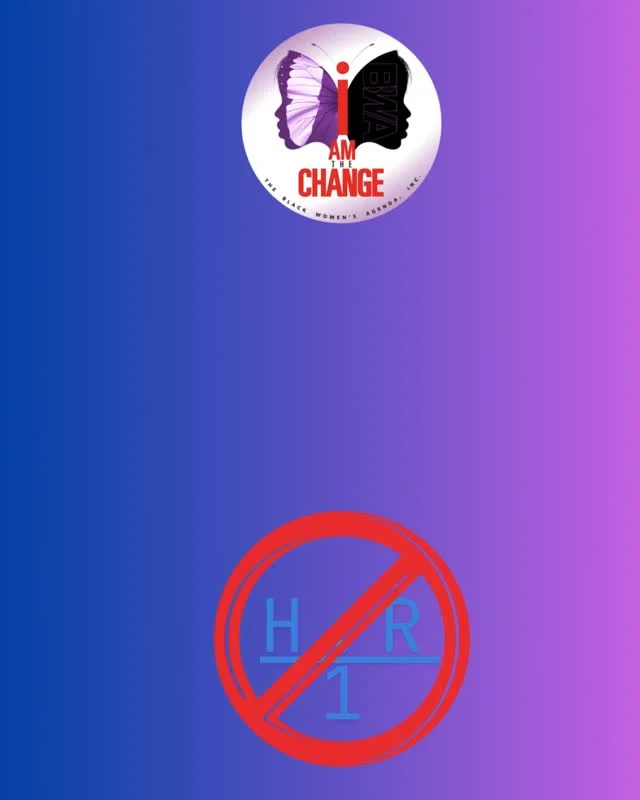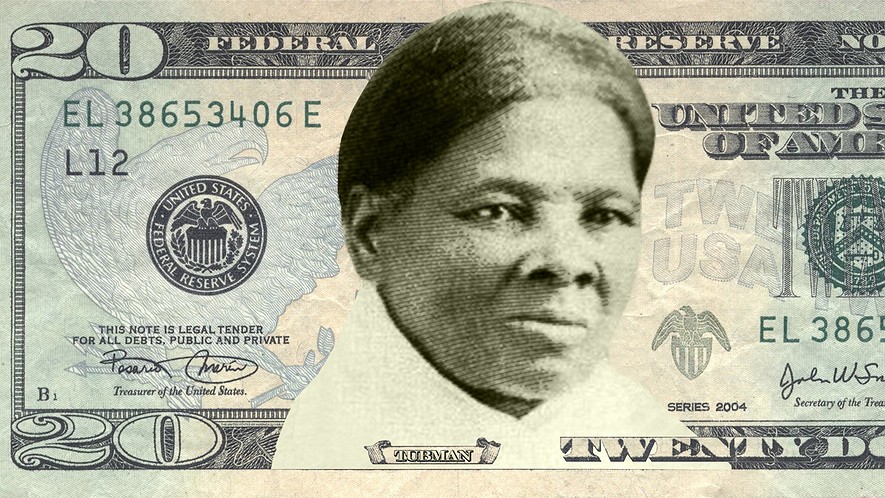
PORTRAIT OF HARRIET TUBMAN TO GRACE NEW $20 BILL
Harriet Tubman, a former slave, and abolitionist who, as a “conductor” on the Underground Railroad helped hundreds of African-Americans escape slavery, will replace former U.S. President Andrew Jackson on the face of the $20 bill. The makeover was announced by U.S. Treasury Secretary, Jacob J. Lew. A smaller image of Jackson will appear on the reverse side of the bill along with White House.
Tubman, who also served as an armed scout and spy for the Union Army during the Civil War, will be the first woman to grace U.S. paper currency since Martha Washington’s portrait briefly appeared on the $1 silver certificate in the late 19th century. A U. S dollar coin minted from 1979 to 1981 and again in 1999, featured Suffragist Susan B. Anthony’s image. Minting of the coin ceased in 2000.
Secretary Lew also announced plans to revise the $10 and $5 bill. While, Alexander Hamilton will remain on the front of the $10 bill, the other side will feature an image of the historic march for suffrage that ended on the steps of the Treasury Department and honor the leaders of the suffrage movement – Lucretia Mott, Sojourner Truth, Susan B. Anthony, Elizabeth Cady Stanton, and Alice Paul. The back of the new $5 bill will honor events at the Lincoln Memorial that helped to shape our history and our democracy and prominent individuals involved in those occasions, including Marian Anderson, Eleanor Roosevelt and Dr. Martin Luther King, Jr. In a letter to the American people, Secretary Lew wrote that, with the changes he outlined, “our currency will now tell more of our story and reflect the contributions of women as well as men to our great democracy.”
The Susan B. Anthony dollar was a United States dollar coin minted from 1979 to 1981, when the series was halted due to poor public reception, and again in 1999.
OTHER NEWS
SPOTLIGHT FEATURE ON JACK AND JILL OF AMERICA, INC.
To be valued and loved. To know who you are and that you have the power to make a
difference. These are the aspirations that most mothers have their children. In 1938, in the midst
of the Great Depression, twenty African-American mothers in Philadelphia came together not to
hope or to dream, but to provide the opportunities, experiences, and life lessons that would
enable their children and others to live these truths. Their group became Jack and Jill of
America, Inc. – an organization that’s mission is as relevant today as it was some 80 years ago.
JUNE IS AFRICAN AMERICAN MUSIC APPRECIATION MONTH
This June, The Black Women’s Agenda, Inc. (BWA) joins our nation in celebrating the 40th Anniversary of African American Music Appreciation Month.
The month-long observance, which was first inducted on June 7, 1979, by President Jimmy Carter was christened as Black Music Month. President Barack Obama renamed the national observance as African-American Music Appreciation Month. The observance was created to recognize and celebrate the historical influence African-Americans have had on the music industry and is intended to pay homage to the many artists, writers, songs and albums that have inspired music lovers and shaped American pop culture.
May Is Lupus Awareness Month
In honor of Lupus Awareness Month, the Lupus Foundation of America released a new survey they recently commissioned which reveals the need for better public understanding of this devastating autoimmune disease and why early diagnosis is so important.
According to the Lupus Foundation of America, “The survey sample was designed to be reflective of the U.S. population’s diverse demographics. Women of color are at two to three times greater risk for developing lupus than Caucasian women. However, over half of respondents (62%) didn’t recognize that minority populations were disproportionately impacted by lupus.
Minority women tend to develop lupus at a younger age, experiencing more serious complications and have higher mortality rates. This was reflected among minority respondents who indicated they were also more worried about developing the disease than others surveyed: 44% compared to 29% of the sample overall.”
No feed found with the ID 1. Go to the All Feeds page and select an ID from an existing feed.
© 2025 The Black Women’s Agenda, Inc. All Rights Reserved. Privacy Policy

